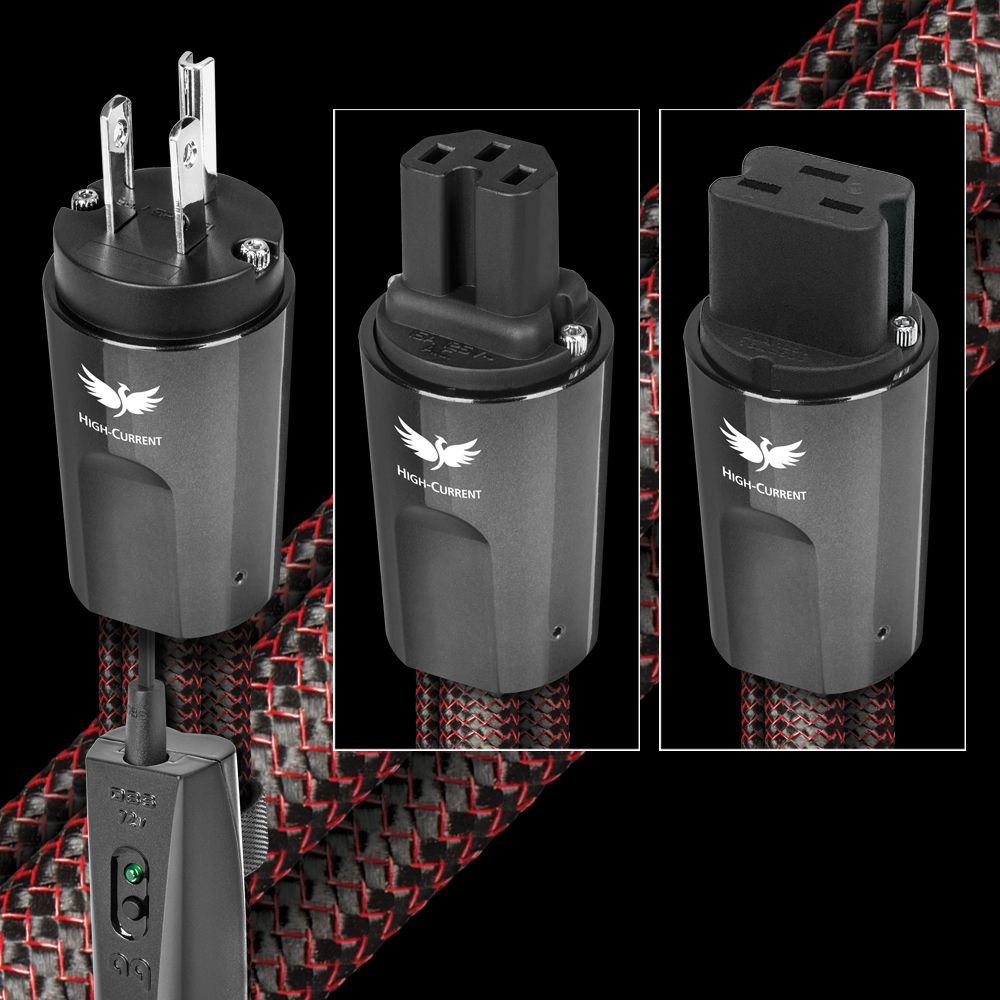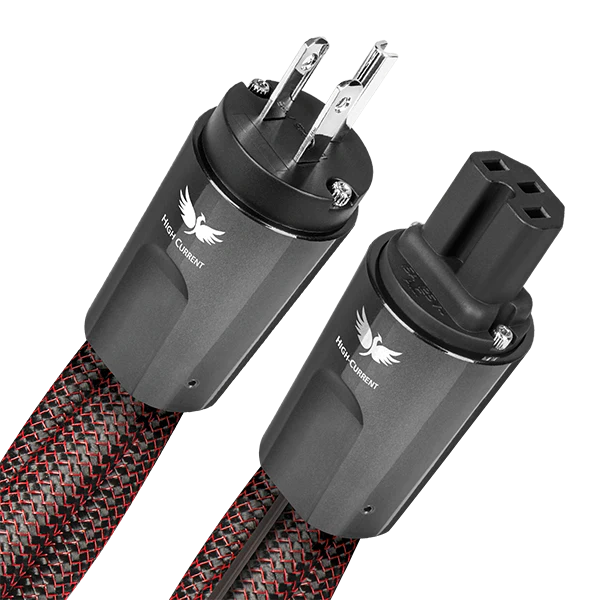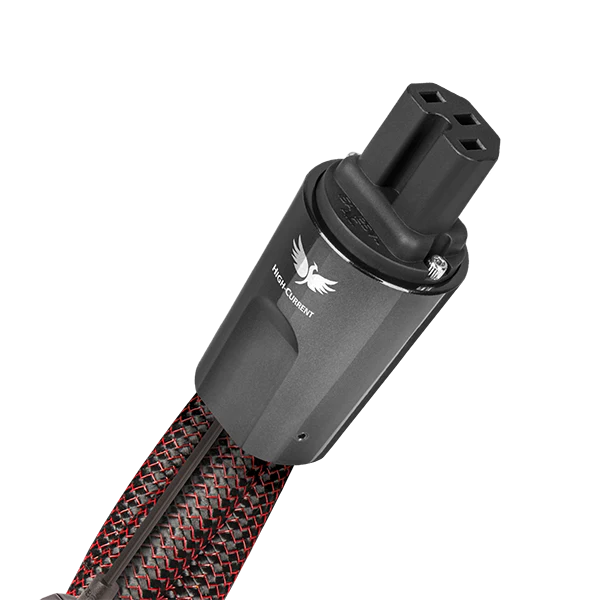Couldn't load pickup availability
Low-Z / Noise-Dissipation 3-Pole AC Power Cable
Alternating Current (AC), is a far-from-perfect power source. AC power technology is well over a century old and was never designed to meet the exacting standards of today’s high resolution audio-video components. AC noise is present at the utility source, and is then exacerbated by radio frequency noise that is induced (picked up by the AC power cord) and coupled to the component power supplies and to circuit ground. This creates distortion and low-level signal losses via the “masking effect.” Further, power amplifiers can require immense reserves of transient current for their power supplies to react to and then stabilize during dynamic audio passages. Most AC power cords and power conditioner-regenerators, though helpful to a point, are simply not up to the task.
Power amplifiers present a real challenge for any AC power source, as the transient current requirements (though short in duration) can be many times that of the average (RMS) current consumption. Power amplifiers are also unique from all other components in that the current draw is dynamic, not constant, and it changes with volume and audio signal content. Though many AC power cords may feature low DC resistance to allow for some of this requirement, the characteristic impedance of the AC cable is equally responsible for assuring uncompromised performance. Many premium AC cords constrict or compress the audio transient as their characteristic impedance restricts the transient current.
 Some gear might say they are 20 amp, but still use the 15-amp IEC connector. To determine which one you need for your application, take a look at this drawing of the two types of IEC connectors. Pick the one that matches the IEC socket on your gear.
Some gear might say they are 20 amp, but still use the 15-amp IEC connector. To determine which one you need for your application, take a look at this drawing of the two types of IEC connectors. Pick the one that matches the IEC socket on your gear.


